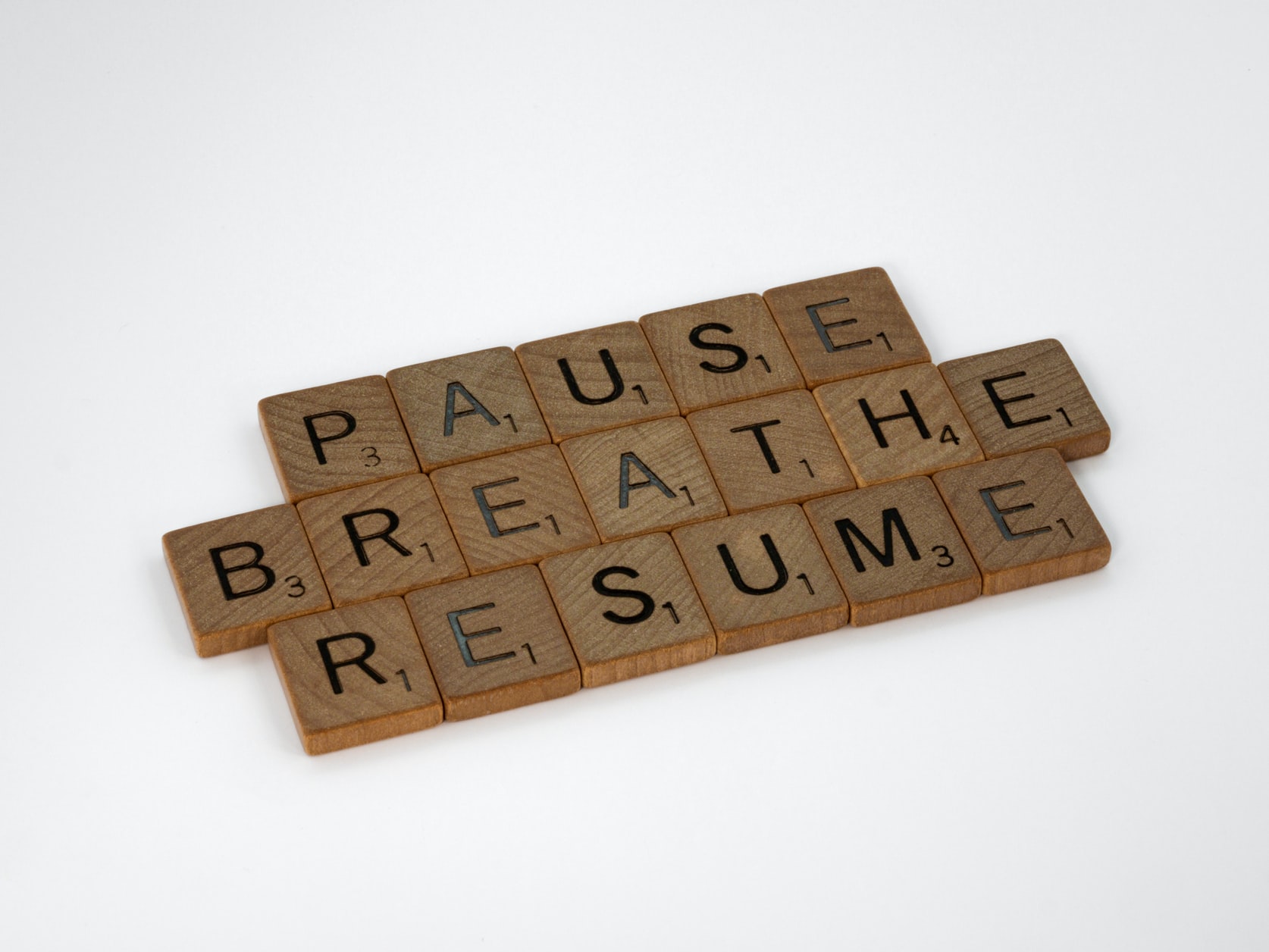Welcome to Emerging & Moving Forward: A Series of Short Mindfulness and Strengths Based Practices! This is a new blog series that integrates two of the most popular and scientific areas from positive psychology: character strengths and mindfulness.
When combined, character strengths and mindfulness practices are shown to boost performance, job satisfaction, and happiness. They will help you manage daily challenges with less stress and more confidence. As you push forward to live a life of substance in a topsy-turvy world, these practices will enliven you and help you put your best foot forward.
The first research-based practice, below, is the popular and effective Mindful Pause. Get grounded in your strengths anywhere, anytime, by taking a Mindful Pause.

The Inspiration
Everyone has time to take a Mindful Pause. It’s simple to learn, easy to practice, and effective at short-circuiting anxiety while bringing strengths front and center. I first learned about The Mindful Pause in Ryan Niemiec’s book Character Strengths Interventions, and I’ve been using it throughout the day ever since.
This practice helps me meet the next challenge or opportunity feeling strong and grounded rather than anxious and scattered. I teach it to workshop participants, coaching clients, and even participants in virtual presentations. They love it!
If you’re already familiar with the scientific definition of mindfulness, or the research behind mindfulness and character strengths practices, feel free to skip to the Mindful Pause practice below. Otherwise, if your love of learning is kicking in, feel free to continue with the definitions and examples that follow.
What Is Mindfulness?
There are many definitions of mindfulness. The definition I will use going forward comes from a consensus of mindfulness scholars and researchers in their 2004 article Mindfulness: A proposed operational definition.
Mindfulness is the self-regulation of attention with
an attitude of openness, curiosity, and acceptance.
Notice that there are three character strengths inherent in this definition of mindfulness. Let’s break it down. The “self-regulation of attention” means taking control of it. “With an attitude of openness” is about a balanced use of judgment, curiosity, and acceptance, which is loosely correlated with self-regulation.
In a single word, mindfulness is awareness. Virtually everything you do, think, and feel can be done mindfully. For instance, you can practice mindful eating, with awareness of all your senses – what you’re seeing, feeling, hearing, touching, tasting, doing, and thinking. You can also practice mindful listening or mindful speaking.
On the flip side, you can also do these things mindlessly, without awareness. Many of us tend to eat, drink, and complete tasks mindlessly throughout the day, especially when feeling rushed, tired, or stressed.
Why Mindfulness and Character Strengths are Important
Living mindlessly can quickly send us down the wrong paths. Speaking to someone mindlessly sometimes ends in hurt feelings. Listening to someone mindlessly can result in misunderstandings.
We all do these things. No one is perfectly mindful all the time. Not even the Dalai Lama. That’s why practicing mindfulness and character strengths is so important. Each component reinforces the other.
On the one hand, your character strengths can help you practice mindfulness and overcome common obstacles, like not having the time to practice or forgetting to practice. For instance, using creativity can help you juggle your schedule and make the time to practice. Using forgiveness when you forget can help you return the next day and continue on.
On the other hand, a mindful use of your character strengths helps you apply them more deliberately throughout the day to elevate who you are and what you do.
The Practice
Before you begin The Mindful Pause, you might wish to review the character strengths and virtues framework. You can find it here. You can also access your personal survey of character strengths results. If you haven’t taken the survey within the past year, you can do so here. For more on why strengths even matter, start or deepen your journey on this page of my website.
The Mindful Pause has three simple steps:
-
Pause, close your eyes, and take six deep breaths. Remember to match the length of your inhalations and exhalations. As your mind wanders during this short time, which it will do, simply bring your focus back to your breath.
-
After you’ve taken six breaths, silently ask yourself the following question: Which of my character strengths will help me with what comes next? Allow one strength to come into your awareness, and try not to force one.
-
Take one final breath, open your eyes, and shift your awareness to the present moment. Consider the strength that came to mind and think of one way to apply that strength as you continue your day.
The Reflection
Let your experience of The Mindful Pause settle. Then, later in the day or evening, reflect on your experience using the prompt below.
The Mindful Pause helped me shift from _________ to _________.
In other words, how were you thinking, feeling, or behaving before you took the pause? Who or what did it allow you to shift into? Perhaps you shifted from anxious to focused, or confused to confident.
As an example, perhaps after a year of remote work you’re returning to a full-time office setting. Starting your work day with a mindful pause can help you shift from feeling stressed to grounded in a strength that will help you begin your work tasks.
Or perhaps you’re disappointed in a close friend or relative for some reason. Taking a mindful pause can help you see this person through a lens of strengths and reframe the disappointment into something productive.
Try The Mindful Pause any time you wish to refrain from reacting and get grounded in your best qualities.
Mindfully yours,
Jane




